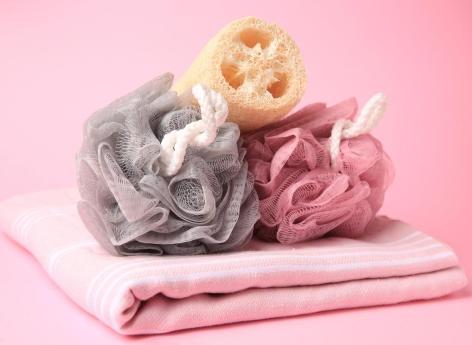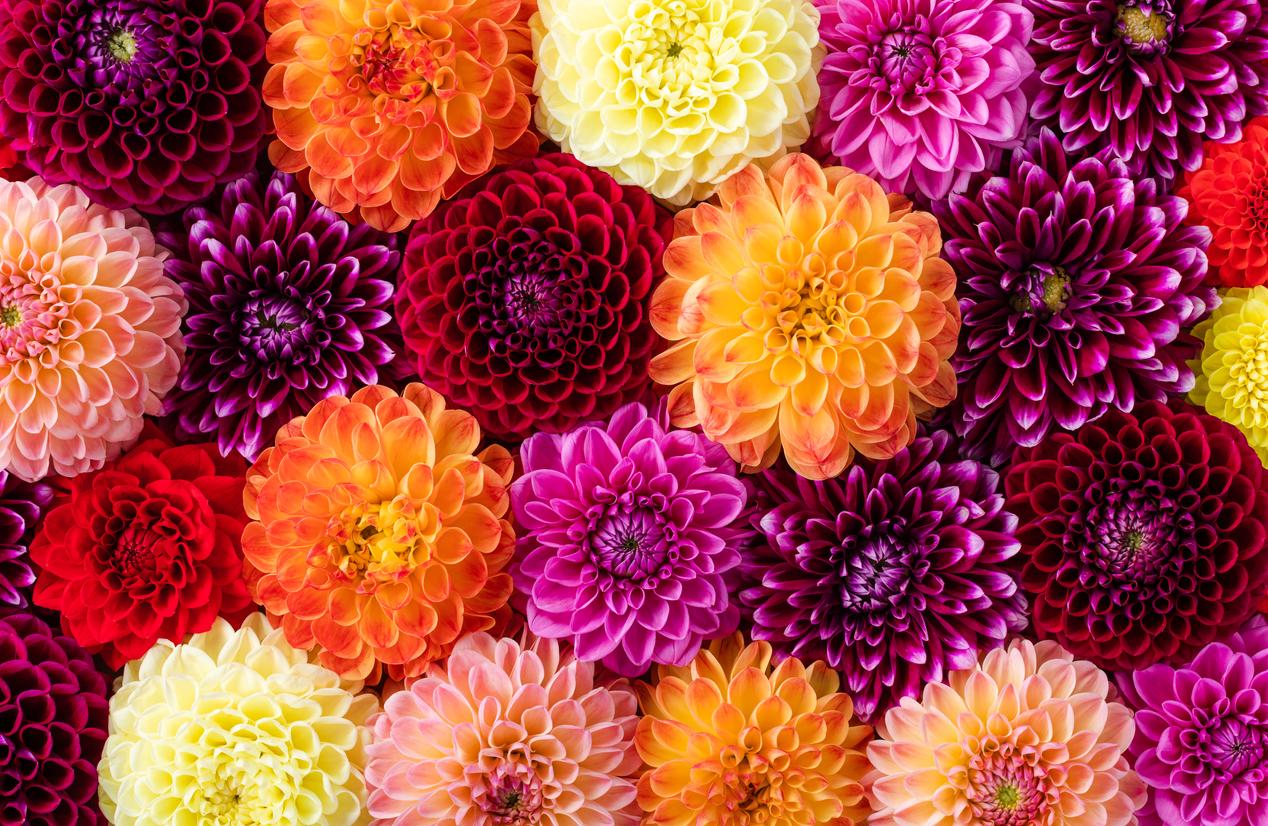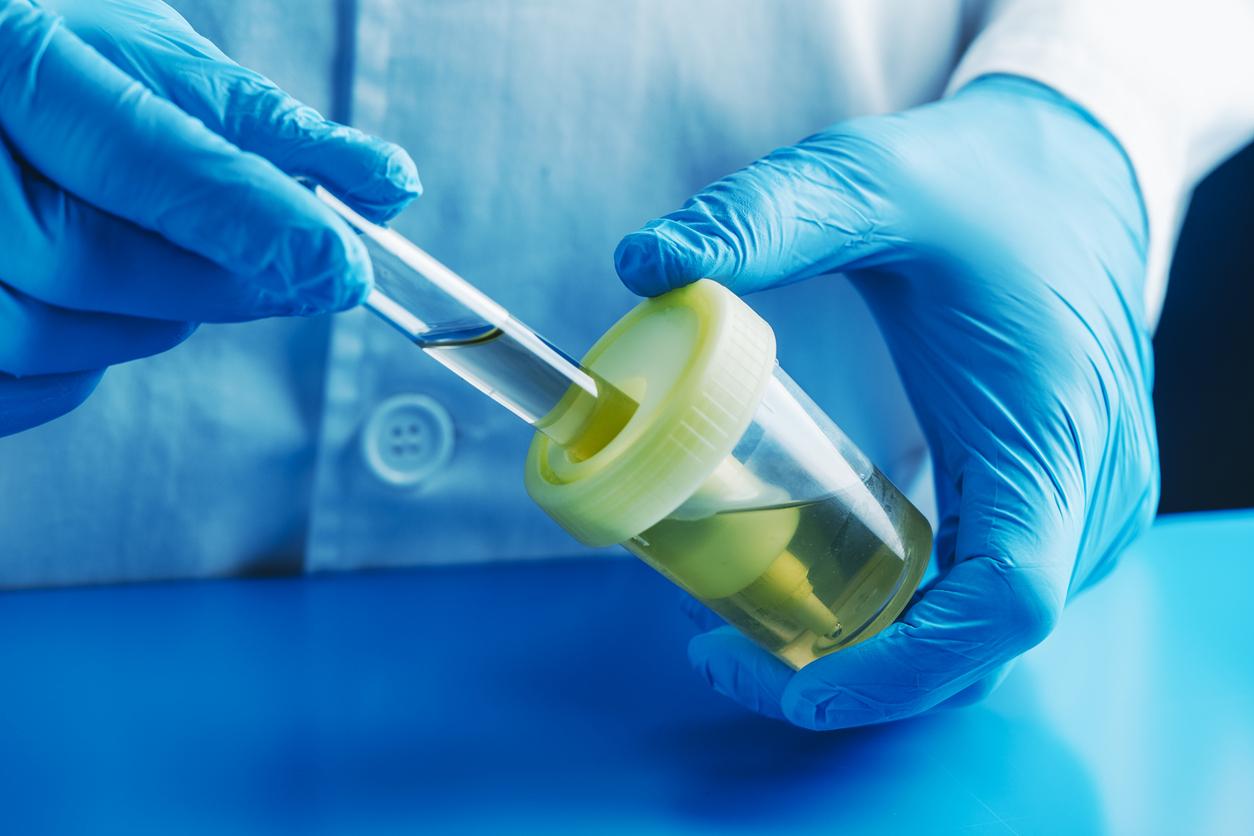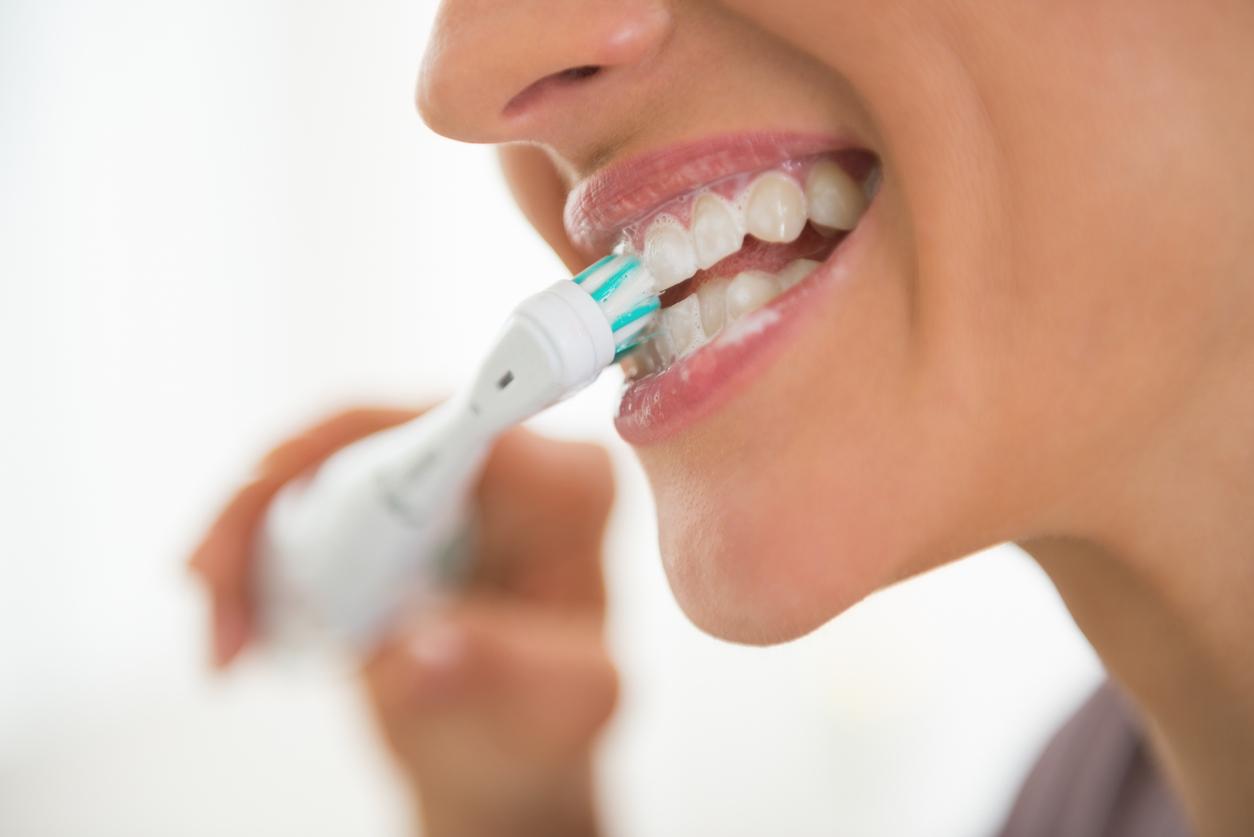Loofahs and shower flowers are very popular bath accessories, but you must follow a few good usage practices to prevent them from becoming a breeding ground for bacteria.

Shower flowers and loofahs are present in many bathrooms. This accessory, which offers abundant foam, has indeed been able to seduce more than one person. But for Dr. Melissa Piliang, a dermatologist at the Cleveland Clinic, it can also be a major breeding ground for bacteria if it’s not properly cleaned.
Luffa, shower flower: they can harbor many bacteria
Whether they are made of plastic or made from natural products, loofahs can harbor many pathogens. They have, in fact, many nooks and crannies or holes which are all “hiding places” for dead skin cells eliminated during cleaning. “And this opens the way to a bacterial playground”specifies the dermatologist in a article of its establishment.
Another element very appreciated by pathogens, and therefore problematic for our health: “Shower flowers are used in a humid environment, and you hang them in the shower, which is also a humid environment. They never dry completely.”
According to the expert, the bacteria most frequently identified in these products are:
- E. coli bacteria;
- Pseudomonas aeruginosa bacteria;
- Staphylococcus bacteria;
- streptococcal bacteria.
Fungal organisms – which can cause skin infections – can also grow there.
“That’s why it’s important to make sure you keep your shower flowers and loofahs clean, replace them regularly and use them gently – don’t scrub your skin too vigorously.”explains Dr. Piliang.
Shower flower: the right steps to use
The American dermatologist shared several tips for properly maintaining shower flowers and thus avoiding the development of bacteria and infections:
- Dry the accessory after each use: after rinsing it well, the specialist recommends shaking it carefully and hanging it in a ventilated place to facilitate drying. The shower cabin should therefore be avoided for the expert.
- Clean it once a week: “whatever shower flower you use, you should clean it at least once a week”, explains Dr. Piliang. To do this, she recommends soaking it in a diluted bleach solution for five minutes and rinsing it thoroughly.
- To reduce the risk of infection, never use it on your face or private parts: these are areas more susceptible to infections.
- Avoid using it after shaving: “Bacteria can enter your skin through any sort of nick or cut, so you shouldn’t use your shower flower for a few days after shaving your legs. Either way, there is no no reason to use a loofah more than twice a week”explains Dr. Piliang.
And, how often should you change your loofah or shower flower? “If you have a natural loofah, you need to replace it every three to four weeks. If you have a plastic one, it can last two months.”explains Dr. Piliang.
Other points to pay attention to according to the expert: smell and appearance. “If you notice mold on your loofah, you should throw it out and get a new one. Or if it smells musty, that’s a sign you should get rid of your loofah.”















